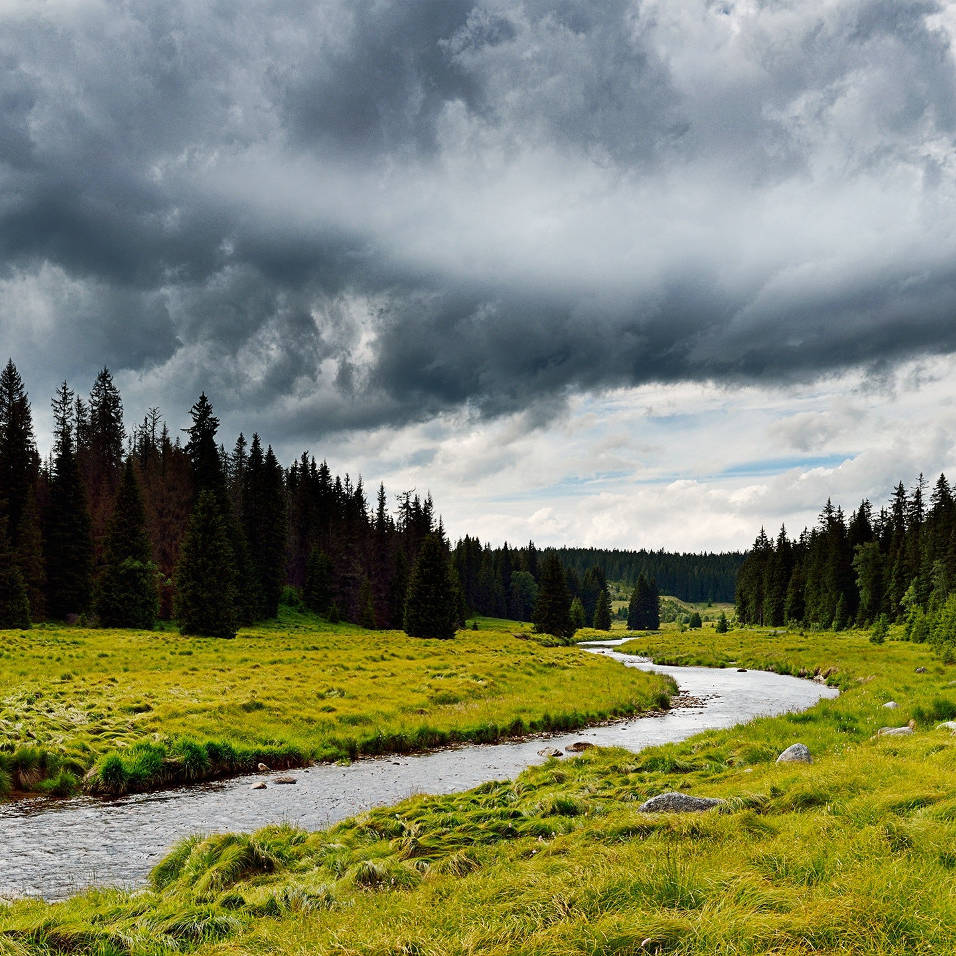| Categories: |
|---|
Estimated reading time: 2 minutes
Ecologists have determined that landscape edges – boundaries separating one type from another – have higher biological diversity and productivity than do the areas on either side of them. These transition zones are important to animals: mammals, birds, reptiles, insects, and fish. In terrestrial ecosystems edges are found between woodlands and grasslands and between forests and meadows. In aquatic ecosystems the edges are stream and river banks and pond and lake shores; the edges separating aquatic and terrestrial ecosystems are called riparian zones.
Environmental regulations often require riparian buffer zones to prevent undesired materials or chemicals from migrating into the water, and too often regulators face pressure to stipulate a one-size-fits-all width to the buffer. This makes no more sense than having a single speed limit for all streets and roads from residential areas in cities and towns to county, state, and federal highways.
Riparian buffers have been a concern for several decades in the Intermountain West, Great Basin, and Pacific Northwest. The initial focus was on declining populations of anadromous and resident salmon and trout; since then the quality of potable water supplies has been added. Water temperature; overland and vadose zone runoff of plant nutrients (nitrogen and phosphorus) and agrichemicals from crop lands and CAFOs; and livestock grazing have been concerns of regulators and environmental groups. While agriculture is a primary focus, mining and energy production and transmission are also closely monitored. Riparian buffers are control mechanisms for preventing nonpoint source pollution of receiving water bodies.
This work was originally published on the Applied Ecosystem Services, LLC web site at https://www.appl-ecosys.com/blog/riparian-zones-and-buffers/
It is offered under the terms of the Creative Commons Attribution-NonCommercial-NoDerivatives 4.0 International license. In short, you may copy and redistribute the material in any medium or format as long as you credit Dr. Richard Shepard as the author. You may not use the material for commercial purposes, and you may not distribute modified versions.


